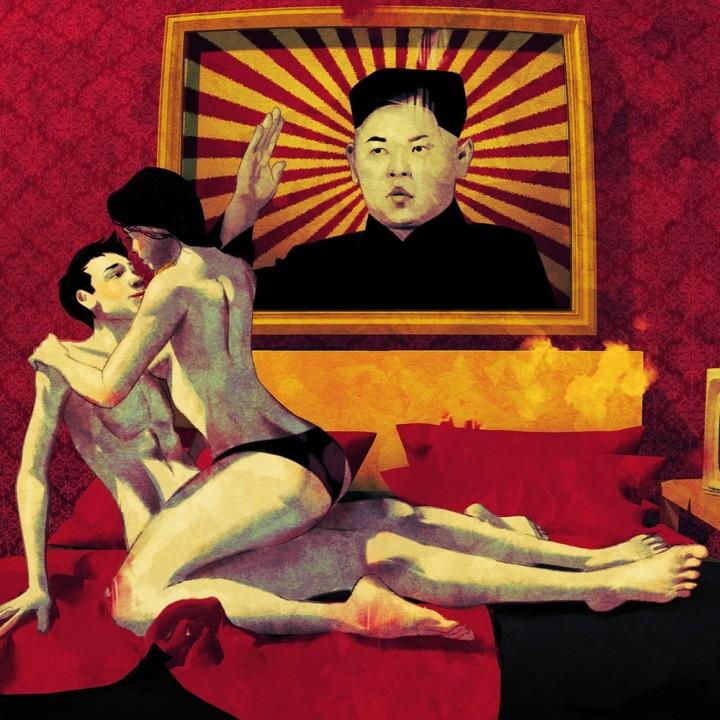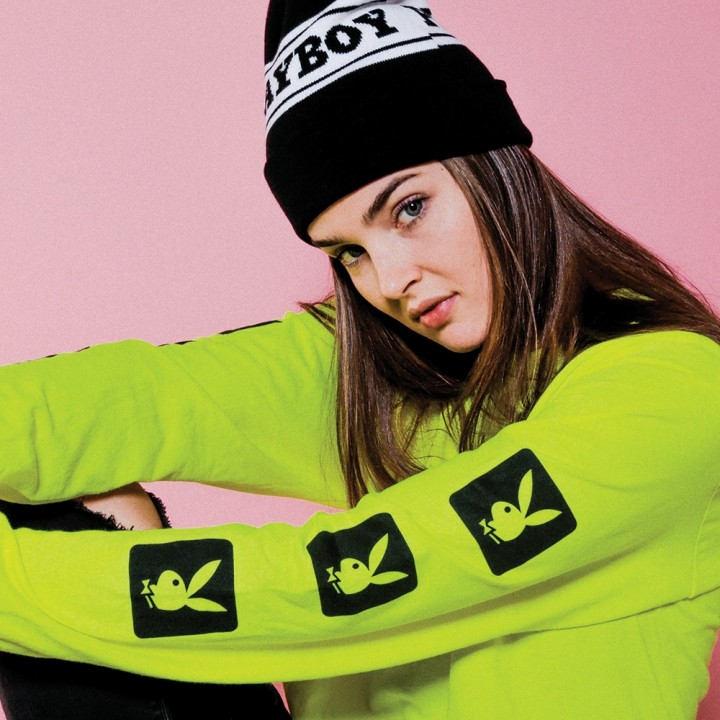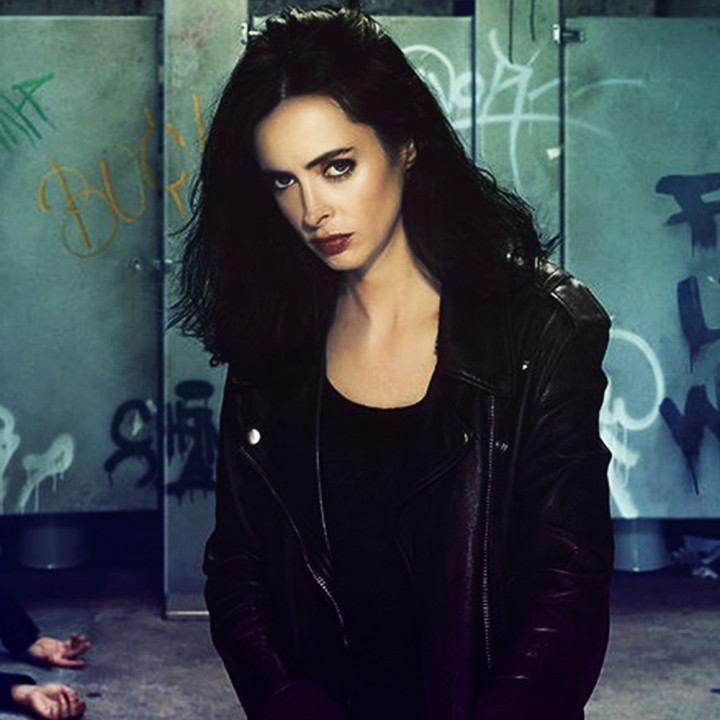
Finding Green in Morocco
His name was Abdul, or maybe it wasn’t. We met him in a heavily-trafficked staircase of Chefchaouen’s famous blue medina, surrounded by vendors selling woven sweaters and colorful clay tagine cooking pots. We followed him to an only slightly-less trafficked staircase further up in the medina, an area that seemed better suited to photo shoots than drug deals. “I have many friends in America,” he said, as we walked with him through the alleys, presumably to gain our trust as no doubt we, too, have friends in America. “Chicago, Boston, Paris.” Well, close enough.
Abdul, we learned, was a family man, as he informed us as we sat together on the well lit blue steps. While he’s normally at his factory in the surrounding hills, where he measures his daily inventory in kilos, he comes into the city to sell. After all, he says, Chefchaouen is the “relax capital of the world.” Fortunately for us, Abdul just happens to have all the products needed to relax, ranging from hash—a highly concentrated form of primarily THC that looks like a brownish, round rock—to various kinds of weed, including the indica and sativa varieties popular with Western tourists.
He was oddly willing to accommodate photos, going so far as encouraging us to take videos of the product and actual exchange. Abdul is confident in his product, assures us it’s completely genuine, and insists he doesn’t scam buyers with substandard quality hash. “Hash started here in Chefchaouen,” he tells us, and on this count, he may be right. The word “hashish” is an Arabic word, loosely translating to ‘grass.’ Abdul is apparently a straight shooter—so much as a back-alley hash dealer can be, anyway.
Centuries ago, before polo-shirt-clad frat boys with pockets full of Euros descended on the scene, Moroccan cannabis was small scale and minimally monetized. It was often used in the form of a small, dry, powder-like product called “kif” or “kief,” derived from the Arabic word "kayf," loosely meaning “pleasure.” Kif is primarily THC, the active mind-altering ingredient of the cannabis plant. By the 3rd century A.D., cannabis cultivation was so common that the Roman emperor at the time instituted a tax on its production in North Africa. During some time between the 7th and 10th centuries, cannabis made its way to what would become Morocco, where it thrived for more than 1,000 years, mostly being used by nomadic peoples and Berber tribes for personal consumption and celebrations. By the 1700’s, Chefchaouen’s Rif Mountains had become the country's center of cannabis production. The arrival of the 1960s' hippie movement in Europe coincided with new transportation methods for ferrying tourists through ports in Tangiers and Casablanca, bringing with it new demand for Morocco’s most well-known crop.
Still, Morocco is the world’s number one exporter of cannabis. The industry is known for putting once-sleepy Chefchaouen—the nearest town is Fes, four hours away by bus—on the map. And given the influx of tourism dollars that the industry brings, albeit some into a black-market economy, it’s likely that police are sensitive to the potential economic impact of a serious crackdown (no pun intended.) Recent estimates suggest that the cannabis industry is responsible for anywhere from 10 to 23 percent of Morocco’s $100 million USD gross domestic product.
There wasn’t the ‘brain fog’ often experienced from potent weed; instead, it was a genuine energy and focus boost, resulting in a much stronger interest in the multicolored woven sweaters for sale on the side of the road than we might have otherwise shown.
In Morocco, a large percentage of the crop is grown for the purpose of making hash.There’s a logical reason that Morocco is known more for hash than for the dried flowers and leaves from a cannabis plant, or what we know in the United States as weed: wilting plants are harder to transport. As Hamish Sutherland, President at White Sheep Corp. says, “transporting [THC] attached to a bulky and often moldy plant with only 10 to 20 percent usable quantity is particularly inefficient.” He suggests that hash is much easier to transport by caravan, ship, and (historically) camel, since it’s concentrated and less bulky. This leads to a higher percentage of the final product being usable, in addition to the fact that it’s simply easier to pack. Morocco’s cannabis cultivation wouldn't have thrived for as long as it has if there wasn’t an external demand, and exporting hash is simply a more economically savvy and practical decision than exporting plants. Exporters of Moroccan cannabis are as business savvy as any other industry, and they know that it’s lost income if your product is no longer effective for getting buyers high.
And just what is that high like? The hash high is, of course, stronger than a weed high, as Morocco’s hash can be as high as 55 percent THC by weight. On the steps of Chefchaouen, we bought hash sourced from a sativa strain, as opposed to a more mellow indica strain, which we felt was the more appropriate illicit drug for taking tourist photos and buying our parents souvenirs. There wasn’t the ‘brain fog’ often experienced from potent weed; instead, it was a genuine energy and focus boost, resulting in a much stronger interest in the multicolored woven sweaters for sale on the side of the road than we might have otherwise shown. (We bought two.) As neither myself nor my partner in crime smoke particularly often, we only needed a small amount on the roof of our hotel, overlooking the hills that no doubt housed plenty of farms like Abdul’s. Overall, the experience was more pleasant than the weed we’d buy from a dispensary here in the U.S. Though of course comparing Moroccan hash to California weed isn’t exactly apples to apples, it was quite enjoyable—though the beautiful surroundings of Chefchaouen may have contributed to that, too. But perhaps Abdul wasn’t blowing smoke (pun intended, this time) when he told us it truly was the best we’d find.
Apparently, science backs up our personal experience. Producers use the term “entourage effect” to describe the combination of cannabinoids, terpenes (oils) and flavonoids (pigments) that give the hash its unique genetic properties. In Morocco, only a few strains of cannabis thrive in the unique growing conditions of the Rif Mountains, all of which have terpenes unique to north Africa. The region also benefits from Ghibli winds that bring warm air from the southern Sahara desert towards the Mediterranean Sea, which Sutherland thinks may be responsible for the uniqueness of Chefchaouen’s plants. “These winds nurture the plan in a way that is duplicated in other mountain cannabis growing destinations,” he says, like British Columbia, California, and Colorado, “but with a dry nuance that derives from the desert.”
Sutherland is as qualified as anyone to hypothesize on what gives Moroccan hash it’s special powers. He’s managed millions of dollars of cannabis research dollars over his thirty years in the industry, and even organized the first-ever legal live cannabis plant shipment into Canada. He suggests that it’s not just the plant’s ability to retain moisture in Morocco’s climate that results in better hash - it could also be the way it’s processed. In North America, the prevailing production method is to dry cannabis plants before any kind of processing. Sutherland thinks if Moroccans extract the hash immediately, when the plant is freshly harvested and still retaining water, it could result in a different final product. “Hell, maybe they even roll up the hash on the live plant to promote more production,” says Sutherland. Whatever the reason is, experts seem to agree that something is different in Chefchaouen.
If you’re a cannabis enthusiast but can’t make it to Morocco to experiencekif in the Riffor yourself, you’re not completely out of luck. With cannabis legalization moving across the U.S. and the social stigma against the plant quickly dissolving, the team at White Sheep Corp. thinks North America may soon surpass Morocco in quality. Western countries have been able to legally invest in and develop growing technologies, and can now emulate a variety of cannabis-growing conditions - but Morocco hasn’t been able to keep up.
Not only are Chefchaouen farmers limited by climate on what strains they can grow, but they’re also in a country where investment in the industry is nearly impossible as cannabis is still completely illegal. Miller adds that the ongoing political tension between the Moroccan government and tribal peoples make it hard to work towards legalization, though he notes that legalization could be a game changer. “Industry watchers should keep an eye on Morocco’s approach to legalizing cannabis,” Miller says, “as any move to legitimize an export industry of this size will represent a tectonic shift in the global cannabis market.”
Unfortunately, Morocco’s history with weed doesn’t mean it’s products are always going to be quality. In fact, it’s popularity may be its downfall. White Sheep Corp Director of Strategy Steven Looi suggests that the demand for Moroccan-grown cannabis is motivating growers to sacrifice their product for the sake of yield. “Greedy and unsophisticated growers are compromising quality,” says Looi. “Plants can cross-pollinate when managing multiple strains, which affects purity. ‘Made-in-Morocco’’ weed or hash is no longer a homogenous product.” While he thinks Morocco’s head start and years of craftsmanship may be an advantage for bespoke cannabis products, he believes the U.S. is quickly catching up with products that are more reliable and less suspect than many of the offerings currently coming from Morocco.
So, was that the case with our stash? No doubt Abdul would say no; he even told us he doesn’t bother selling “the bad stuff,” unlike in Fes and Marrakech, where he says hashish is often cut with hemp, ground coffee, or dirt (translation error, let’s hope.) He even took a lighter to the hash, telling us that good quality hash would bubble, indicating a higher presence of THC and a stronger product. That’s generally true, and to his credit, his hash did promptly start bubbling when touched with the flame.
The rest of our transaction with Abdul went fairly smoothly, at least by average drug dealing standards. He initially offered us about five grams of hash and three grams of weed for 800 Dirhams, or approximately $80 USD. As buyers more there for the novelty value of the experience rather than drug enthusiasts really trying to “get high before die,” we politely explained in broken French and Spanish that such an amount was a bit too much for the 24 hours we had remaining in Chefchaouen. Finally, we were able to walk away with about two or three grams of hash and two grams of weed for around $40 USD—far less than I’d pay in U.S. states where cannabis is sold in dispensaries, like Nevada or Colorado. After finishing our deal and parting ways, he even walked us through the alleys to a nearby mountain waterfall. World-class weed and a private tour guide? For $40, that’s a deal.






